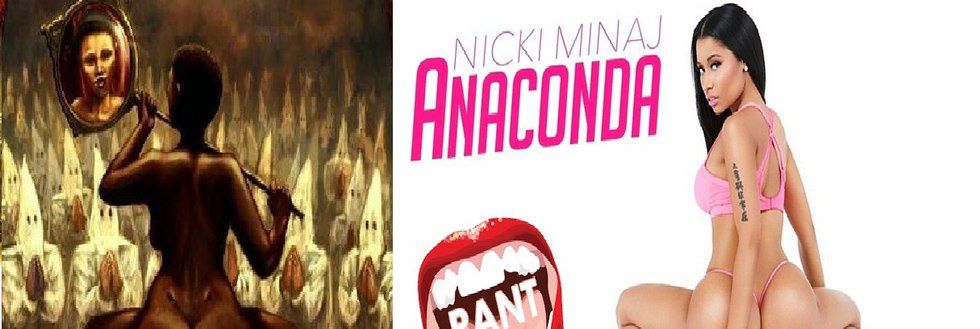While abroad in Scotland, I embarked on a meditative pilgrimage on the island of Iona. One of our first stops was a nunnery in ruins. The nunnery was home to the women of the Iona community who devoted their lives and work to the glory of God. These women were distinguished in their work alongside the community members, but hardly ever received recognition. Today, the nunnery stood in ruins as a symbol of the often forgotten role of women in the church. Traditionally, when on the pilgrimage, pilgrims are asked to say the names of the women that have made a difference in their lives so that the remaining walls can reverberate once more with the spirit of women.
As I stood there, calling out the names of my mother, sister, grandmother, aunts, and female friends, the mere action of saying their names opened up a new meaning for me the role of women in the black community.
In the era of #SayHerName, the response to the overlooked role of women in the #BlackLivesMatter movement, the current state of the Black woman in America is in ruins. Black women are becoming invisible in the eyes of popular culture. What once stood a strong vessel of black womanhood established by greats like Harriet Tubman, Sojourner Truth, and many other well-known women of color, remains a state of mixed black feminism finding black women today fighting daily bouts of intense sexism, stereotyped representation, and romantic uncertainty.
Sandra Bland. Mya Hall. Natasha McKenna. Alexia Christian. These are the names of some of the black women gunned down by the police. They are some of the threads that wove together the movement we know as #SayHerName. But do you know the name Sarah? Sarah Baartman, known as “Hottentot Venus?” Do you know her name?
Sarah Baartman was a black South African woman kidnapped from her home country in the mid-18th century, forced to live a life of intense voyeurism and violent sexual exploitation. She became renowned for her “exotic” physical features and was the unofficial symbol of Black women in all of Europe. A symbol, in contrast to the white female, of inhumanity and hypersexual agency. After her death, parts of her body including her brain and genitalia were taken and became the basis of many eugenic experiments all over Europe. Centuries after, the body parts were collected and transferred back to South Africa where they were finally laid to rest.
Her life and story became a casualty narrative that was reborn in the guise of “video vixens.” Prior to the late 20th century, the idea of a video vixen, a woman posing as the male object of desire, was no surprise. But beginning in the late 1980s, culminating in the arrival of the golden age of hip-hop, the music video became a new apparatus for the video vixen. Black women as video models, utilized by male rappers, become the object of lust in the eyes of their male counterparts. This has become the unintended legacy of Sarah Baartman. What once was a tale of casualty has become a unanimous cultural label for black women.
Scholars across various disciplines have made tremendous ties between Sarah Baartman and the unintended legacy of black women. But how does this tie flourish within the #SayHerName movement? How many black women know her name? How many people know her name? It is important to understand before Harriet, Sandra, Sojourner, Michelle, and more, there was Sarah. She embodies the experience of Black women in America- past, present, and future. Uncovering her story can be the key to redefining the role of Black women in America.
To learn more about the Iona community, be sure to visit www.iona.org.uk. Sarah Baartman’s story can be found in various disciplines such as Sociology, Communication, History, and Women’s Studies.

















